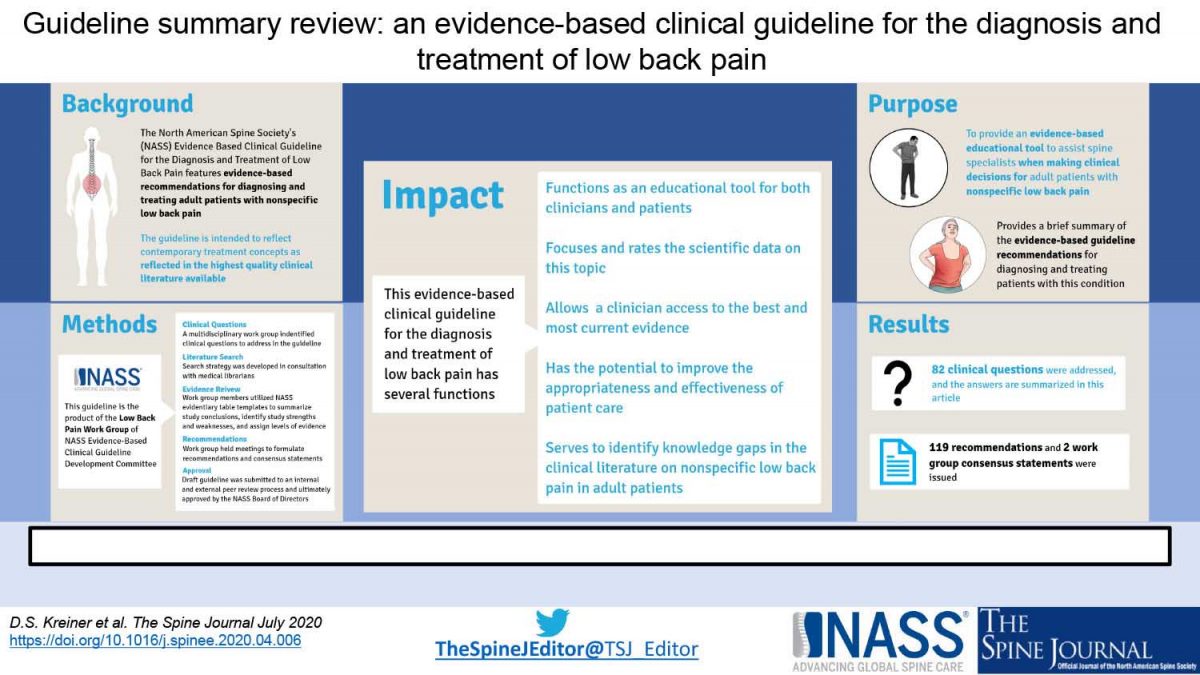Low back pain- How much we don’t know

It’s late November up in Niseko and with the snow starting to fall and the house quiet it seemed like a good idea to catch up on some study.
In 2020 the Journal Spine ( Considered the most prestigious Journal for back pain in the world ) released a very comprehensive summary of the research around what modalities work best for low back pain, which ones are not that useful and what really helps from a diagnosis point of view.
It’s mainly written for practitioners and researchers but if you did want to dive in yourself here is a great summary of the state of lower back pain research.
https://www.spine.org/Research-Clinical-Care/Quality-Improvement/Clinical-Guidelines
If you don’t want to read all 217 pages you will be forced to hear the summary thoughts from yours truly.

Well what works ?
The authors graded the evidence from hundreds of studies into an A ( really sure ) B ( probably helps ) and I ( conflicting results ). Nearly everything was an I. As a humble practitioner this is somewhat reassuring. None of the trendy new therapies like ” pain science ” and some of the cognitive therapies really faired no better.
To me it really shows the importance of identifying sub-groups. For example say you gave 100 Patients with short term lower back pain a trial of Chiropractic and 80 had no improvement, 17 had some good improvement and 3 reported their symptoms got worse. When you crunch the statistics you may find that your study concludes no significant improvement with spinal manipulation.
But 17 did. What if you had a way to identify what these 17 patients had in common and made sure they got the Spinal manipulation whilst you directed the other 80 into other directions ? This is where the research is headed and we do have some early indications that there are some key factors.
There was also so B grade support for Yoga so if you have lower back pain it may be worth trying Yoga in conjunction with whatever else you chose to have a go at.
There also seems to be at this point in time no research consensus on what modality offers the best value for money and return on investment. My opinion on this is lower back pain is going to be so suited to your individual circumstances that any findings would never be applicable to an individuals choice anyway. These sort of questions are really more useful to governments and policy makers.
Can lower back pain be predicted ?
Another interesting question is can the research tell us if somebody is likely to have lower back pain based on their imaging or examination findings. Again the cruel lash of research indicates that this relationship is very poor.
What does seem to stand out as a good predictor of lower back pain is…….. ( drumroll) a history of lower back pain. If you are presenting to a practitioner with lower back pain there is fair chance this issue may pop up again for you.
What about Sprays and Gels ?
Suprisingly there was good support in this study for capsican sprays and patches but only a few studies where mentioned so don’t go putting all your eggs in the chilli basket just yet.
